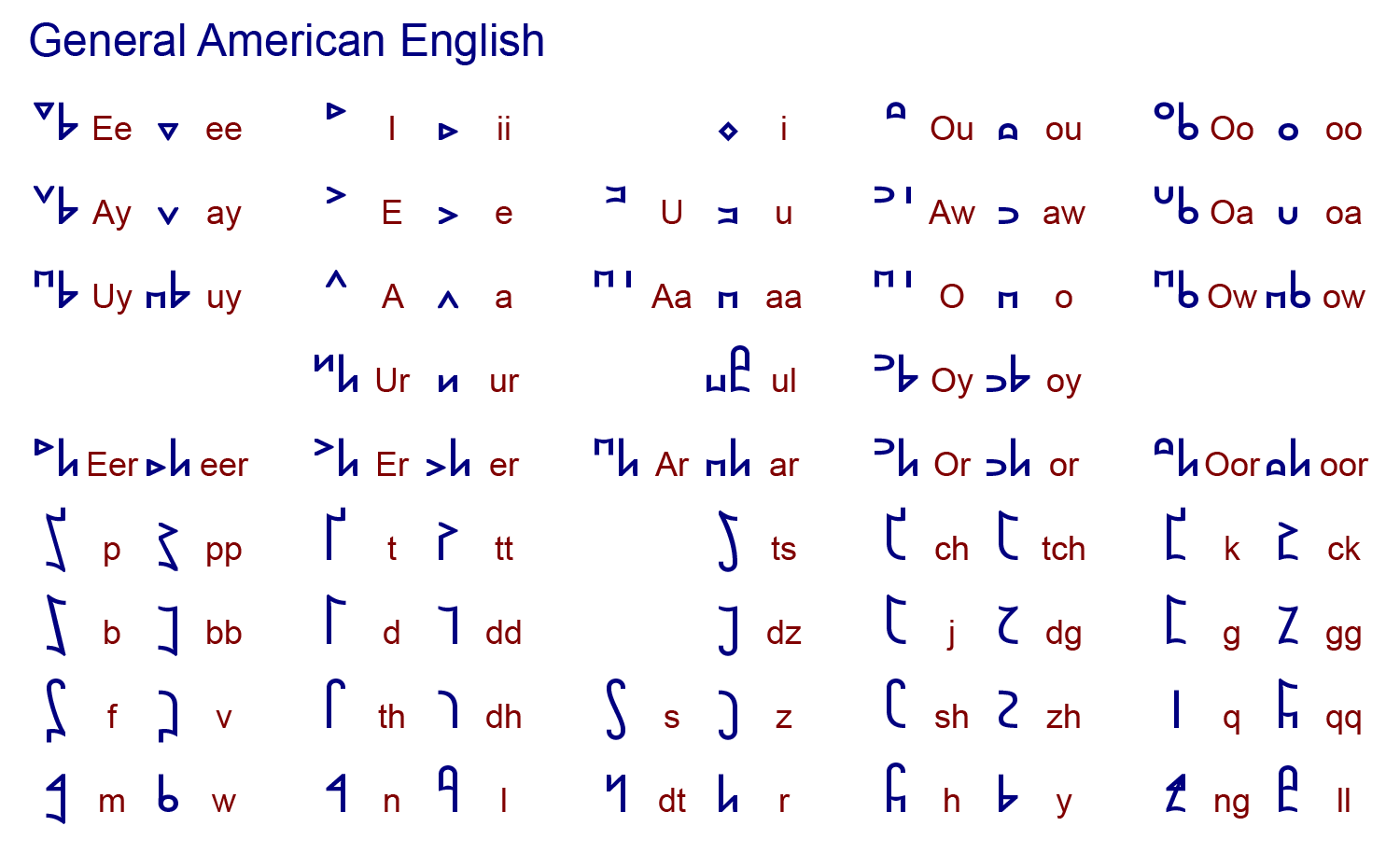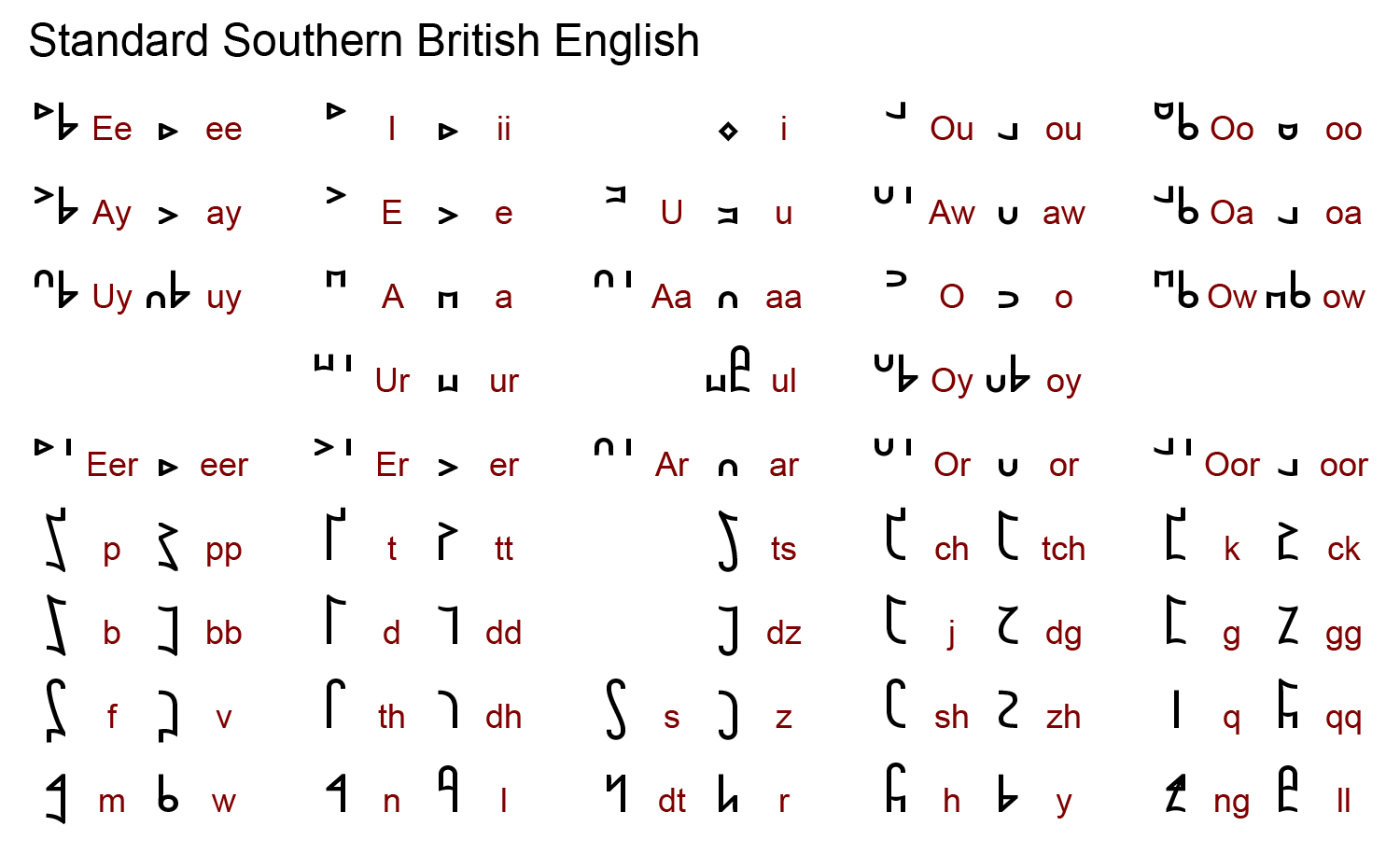 Transliteration Keyboards
Transliteration Keyboards
A Transliteration Keyboard enables you to type the Musa letters (not shapes) for a particular language by spelling them out in transliteration. For example, to type a Musa , you press the m key. Some Musa letters need you to type two keys. For example, to type a Musa , you have to press both the n and g keys. If you press the n key, and the next key is not g, you'll get a Musa .
These transliteration keyboards expect most letters to be lowercase, but we use UPPERCASE letters to show which vowel is stressed, and to show the sounds of Spanish consonants after a vowel (see below).
If you'd like to try a transliteration keyboard, you can use the Editor here on this website. You can choose between American English, Standard Southern British English, Castilian Spanish - castellano - and American Spanish - español. Once you choose one, your normal keyboard keys now enter Musa shapes. You can switch back to the Roman keyboard any time.
Most of the time, you won't need any help guessing the correct transliteration: just spell the sound as it's spelled in that language. But in case you need them, here are charts showing how we spell the Musa letters for each dialect:




| © 2002-2025 The Musa Academy | musa@musa.bet | 10sep23 |